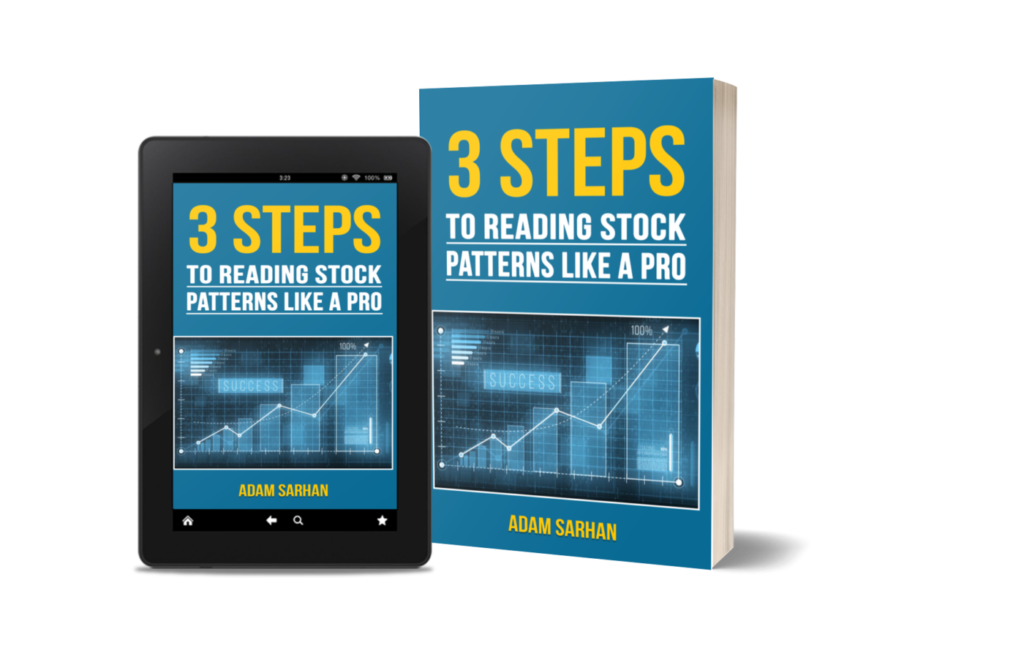As a beginning investor, purchasing stocks and understanding the market may seem complex. Fortunately, there are several strategies you can use to grow your wealth with stocks and mutual funds quickly. In this guide, you’ll learn the basics of trading stocks, how to select companies to invest in, and strategies that grow your wealth each month. There’s a lot to uncover about the stock market, but fortunately, this resource will give you a solid background on the market and help you learn the basics of trading stocks. Let’s begin!
How to buy and sell stocks?
There are several ways to buy and sell stocks. The easiest way is with an online stockbroker, a company that facilitates the trade of stocks and other investments. Online stockbrokers typically have low-cost fees but provide less advice on how to invest your money.
Another option is to purchase stocks through a human stockbroker, often at large national banks or investment companies. Typically, brokers at large firms charge a percentage of the amount you buy or sell. While commission-based brokers can be more expensive to use, they often help clients with investment strategies and recommend securities to purchase.
Additionally, you can purchase certain stocks directly from a company that interests you. Although buying directly from a company saves you on broker fees, this method has the least amount of investment options and takes the longest to conduct trades. It requires a company to offer a Dividend Reinvestment Plan, most requiring transaction execution through the US Postal Service. Unlike with an online broker, you might wait days, or even weeks, to purchase stock directly, which can be costly.
How much money do you need to trade stocks?
There were high account minimums to maintain in the past if you wanted to trade stocks with a broker. Now, there are several online brokerages with low minimum portfolio balance requirements. Many of these brokerages also let you purchase fractional shares, which is a portion of a stock share in a company.
Low-fee brokerage companies are great alternatives to more service-oriented brokerages, which often set minimum opening account balances to $1,000, $2,500, or more. Therefore, if you have hundreds of thousands to invest or only a few dollars, you can find a brokerage company that meets your budgetary requirements.
What is the difference between the types of orders to buy and sell stocks?
There are three separate ways to place stock trades. If you use them effectively, you can increase your investment earnings, reduce your losses, and lock in a specific profit amount. Here’s how they work:
Market orders: As you track stocks, you’ll notice that each share sells for a specific price at any moment. A market order buys or sells shares at the market price, filling your order with the amount someone will pay or accept for a company’s shares.
Limit order: Not everyone will pay the same market price when they place a buy or sell order. You can set the price you want to pay or receive for a stock with a limit order.
A limit order is one way to save money while buying stocks if you think the price will increase or decrease in the short-term. However, if you place an order to purchase stock at a lower price, but the market price increases, your order will not fill. Therefore, you risk delaying a stock transaction if your price does not meet market demand.
Stop order: Finally, stop orders, which can protect your stock corrections where the price per share decreases. You can also trigger a stop to sell shares once the market price reaches a certain level, making it easy to secure profits without actively managing stock prices.
Is the stock market (or investing) gambling?
The stock market itself is not a form of gambling. Instead of risking money, an investor with a solid strategy is buying ownership in companies she believes will be successful in the future.
However, not all individuals look at stock market investing this way. Stock market investing can become gambling if an investor only wants to buy based on emotion or whenever they fail to cut losses or take profits as conditions change.
You can prevent stock market investing from becoming gambling by utilizing a long-term stock investment strategy that is strategic and systematic.
How do I get rich trading stocks?
The best way to get rich trading stocks is with a long-term investment strategy. With the stock market, your investment compounds annually. Even if you have several bad investments, by diversifying your portfolio and holding for decades, you can make a sustainable income and potentially get rich.
How much money can I make trading stocks?
There’s no limit to the amount you can make trading stocks. Likewise, there’s no limit to what you can lose. Therefore, the best way to earn money with the stock market is by following an ongoing, long-term investment strategy. However, there is another option for those who want to make money daily using the stock market, known as day trading.
How do I make fast money trading stocks?
If the short-term is more of your priority than building wealth over the long-term, you need an investment strategy that quickly makes money. The best way to do this is by becoming a day trader.
Day trading is the process of purchasing stocks for a short-term gain, usually with buying and selling shares during a period of a few minutes or hours. It takes a lot of determination because your trades won’t always work out. However, as an experienced day trader, you can earn about five to ten percent of your investment account balance per day.
What are the best stocks to buy?
Look online, and you’ll find lists of the best stocks to buy from the leading brokerage companies. However, the best way to build a portfolio is to diversify your stock selection and investigate the business fundamentals to determine undervalued stocks or stocks with earnings growth potential. These strategies will help you even out any losses with more considerable gains from successful companies.
What is value investing?
There are two approaches to investing in stocks and mutual funds. With a value investing strategy, you’ll search for stocks with a lower price than what you believe the stock is worth. You can base value on the cost of similar companies. As other investors realize those stocks’ opportunities, they’ll drive demand, and prices will increase.
What is growth investing?
Growth investing is the second approach to stock market investing. The strategy involves finding companies with high earnings growth which are priced higher than other companies in their industry. While top companies like Amazon and Apple are two investments you might consider a growth investor, growth stocks are often more volatile and fall quickly with bad news.
Now that you understand stock market investing and some simple ways for locating stocks to purchase, what is your next step? Before you buy anything, you should register for our weekly trading tips and other stock market news. We share business and finance news that can impact your stock portfolio and offer support to you as a beginner investor. Register for the newsletter here!
Next Steps – Intro To Wall Street
Want to take the next step in your education? Sign up for free to our Into to Wall Street newsletter and get real stock picks absolutely free every month. You also get unlimited access to the Intro to Wall Street video series and a Free E-Book, “Trade Like A Wizard”. Sign up today
Helpful resources:
Four Ways to Gauge The State of The Market
https://www.investopedia.com/articles/investing/082614/how-stock-market-works.asp





